Wildfire
Kategori: Kanada
It's the kind of disaster that feeds on itself.

The massive wildfire that has driven about 90,000 people from their homes in and around the Canadian city of Fort McMurray has burned out of control for days. It's left firefighters struggling to save neighborhoods, never mind the woodlands around them.
And to make matters worse, the intense heat is effectively creating its own weather, producing wind and clouds that generate lightning, but none of the rain that's needed to bring the blaze to heel.
That was the grim situation authorities laid out Friday morning as they grappled with the rapidly-spreading fire, which erupted Sunday in the heart of Alberta's oil patch.
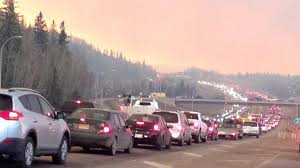
"This fire is jumping kilometers at a time," said Chad Morrison, the manager of the province's wildfire prevention service. "We're seeing the fire spread where it's creating its own lightning fires out of this fire. This is an extreme, rare fire event."
Related: Refuge and Generosity Along the Highway to Fire-Ravaged Fort McMurray
The area was primed for a massive fire by the Pacific warming phenomenon known as El Niño, which produced warmer, drier conditions across western Canada, said Cliff Mass, a professor of atmospheric science at the University of Washington. Then a ridge of high pressure parked itself over the region.

"This very high pressure area resulted in extraordinarily high temperatures and dry conditions there," he said. "You started off with a relatively warm year, and then you had this on top of it. They had some really warm temperatures during the last month or so, and that melted all the snow and dried it all out."
More than 88,000 people have fled their homes in that city, about 400 km (250 miles) north of Edmonton, hampered by shortages of fuel in the area. The fire ballooned to more than eight times is previous size on Thursday, prompting the evacuations of smaller towns to the south and east.
By Friday, the fire had scorched more than 101,000 hectares — about 390 square miles — and remained out of control, Alberta Premier Rachel Notley told reporters.
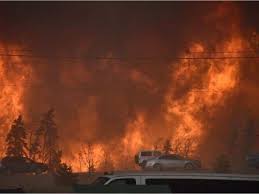
While the immediate cause of the fire was unknown Friday, Morrison said the area around Fort McMurray hadn't had any significant rain for two months, leaving the surrounding vegetation tinder-dry.
"That's why this fire will continue to burn for a very long time, until we see some significant rain," he said.
But a big fire can create its own winds, sucking in air from around it, Mass said. And the heating causes instability in the atmosphere that produces towering thunderheads, "and then you can have lightning," he said.
"Even if there is a little bit of rain, unless it's really intense, it's not enough to stop the thing," he said. "A lot of times, these are high-based thunderstorms that don't have a lot of rain."
Related: Here's Why the Alberta Wildfire Just Might Have a Lot to Do With Climate Change
It takes an extreme fire to produce a thunderhead — and what happened at Fort McMurray may be a first, said Mike Flannigan, a wildfire researcher at the University of Alberta.
"We've had these types of things with lighting before, but this may be the first documented case in which lightning started new fires," Flannigan said.
The blaze is so intense, witnesses have reported that broadleaf trees like aspens — known for being more resistant to fire than evergreens — "caught fire in one big whoosh" like a barbecue grill being lit. And if early damage estimates of $8-9 billion bear out, "It would be the most costly natural disaster in Canadian history," Flannigan said.
Temperatures in the area were running more than 16 degrees Celsius (30 Fahrenheit) above normal as the fire spread. Friday's weather was closer to normal, and shifting winds were expected to steer the fire into the woodlands to the northeast — away from threatened communities outside Fort McMurray.
"This fire is probably going to spread to Saskatchewan," Flannigan said. "But the forest is used to fire, and most likely will regenerate successfully after this fire and come back to be a forest. It's the cycle of life — trees grow, they burn, they grow again."
Though scientists hesitate to point to climate change as the cause of any single event, they've said longer fire seasons with bigger blazes are likely in the future. Canada is already seeing an earlier start to its fire season, and the area burned each year has roughly doubled since the 1970s, Flannigan said.
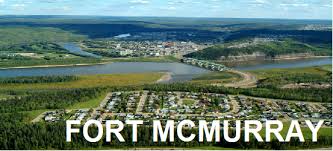
Nu går tankarna på högvarv åt Fort McMurray.
Vi har bott nästan i ett helt år i Fort McMurray. Min man jobbade först i Ontario i drygt ett år och där efter det gick nästa resa vidare till Alberta. Jämförelse med Ontario så var Alberta både till distans och miljö annorlunda. Riktigt kalla vintrar och varma och korta somrar. Naturen är helt fantastisk. Om man tycker om friluftslivet då har man kommit till rätt plats.

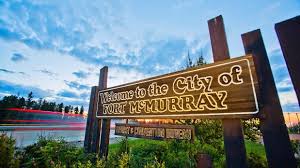
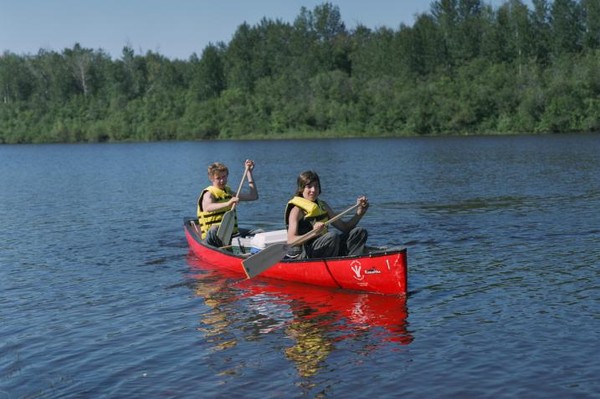
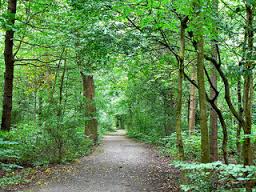

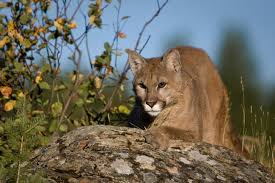
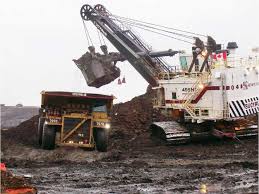
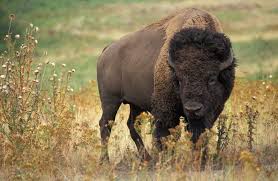
Därför blir jag helt olycklig när jag läser detta på nyheterna. Det är så ledsamt när något sådant här får ens hända och att det hela då beror på vad Moder Jord, att hon själv har förmåga att skapa detta elände. Det berör ju både invånare och natur med dess djurliv.
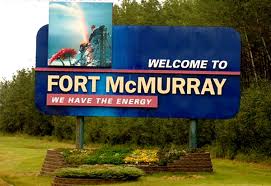
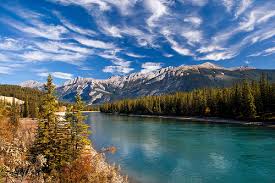

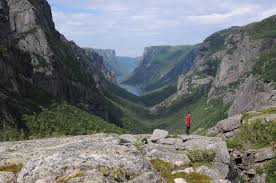
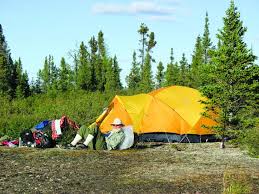

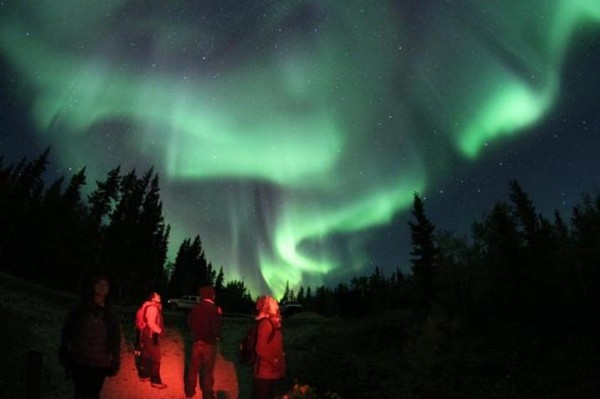

Bloggadress: http://solsomsol.blogspot.com